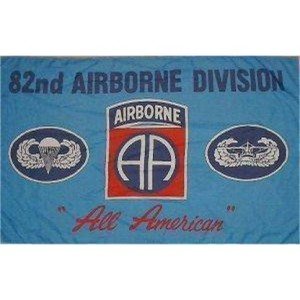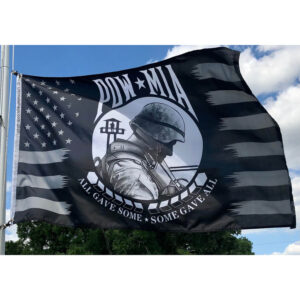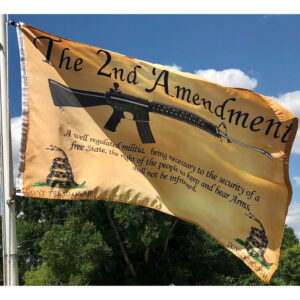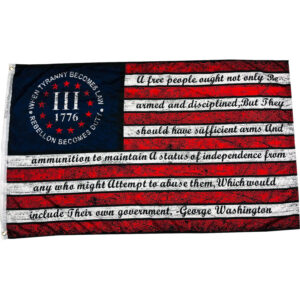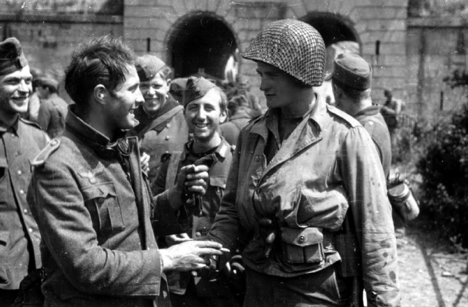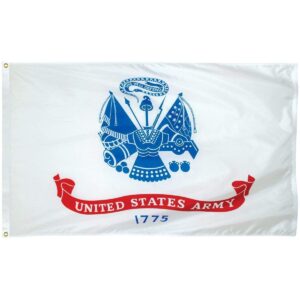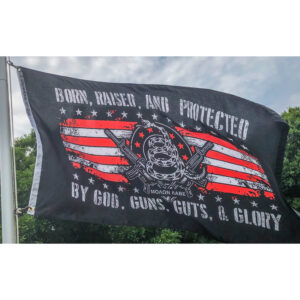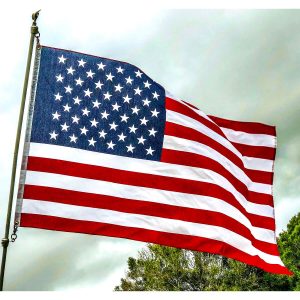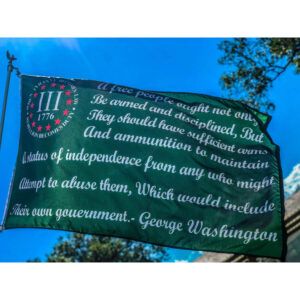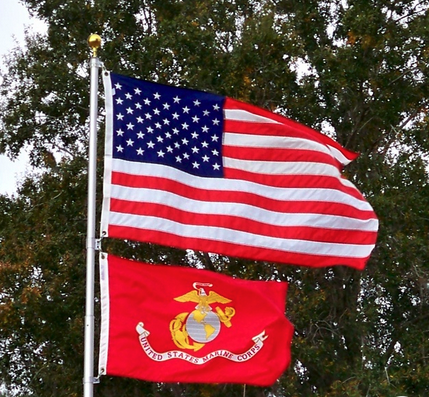
The Founding and Evolution of the USMC
When was the Marine Corps established and when is it’s birthday celebrated?
The U.S. Marine Corps was established on November 10, 1775. This date is celebrated annually as the Marine Corps Birthday, signifying the Corps’ rich legacy and commitment to serving the nation. It represents a tradition of valor and a history of defending American interests at home and abroad.
Recruitment and Training: Standards and Processes
What are the requirements and training regimes for joining the USMC?
To enlist, candidates must be U.S. residents aged 17-28 with a high school diploma. Officer candidates need a bachelor’s degree and must be 20-28 years old. Training is rigorous, with an emphasis on physical fitness, vocational skills, and teamwork. The pivotal part of training is the Crucible, a 54-hour endurance test emphasizing teamwork and resilience.
The Marine Corps Experience: Daily Life and Responsibilities
What does Life as a Marine Look Like? What’s the Routine and Challenges
Daily life for Marines varies based on role, location, and deployment. It typically involves a disciplined routine of physical training, work assignments, strategic planning, and personal downtime.
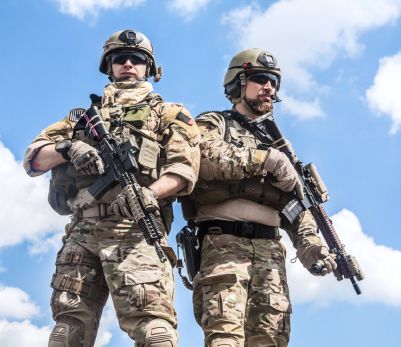
Marine Uniforms: Symbols of Pride and Tradition
What do the various Marine uniforms represent?
Marine uniforms are symbols of honor and tradition. The service uniform is for daily duties, utility wear for fieldwork, and the dress blues, adorned with red, white, and blue, are for formal events. These uniforms reflect the Marine Corps’ history, values, and commitment to excellence.
Celebrating the Marine Corps: Traditions and Activities
Honoring Marine Corps Day: Reflection and Respect
Marine Corps Day is an opportunity to honor the dedication of Marines. Celebrations can include expressing gratitude to Marines, learning about their significant history, and flying the Marine Corps and American flags as symbols of pride and respect for their sacrifices.
Frequently Asked Questions: Insights into the Corps
The Marine Corps and the U.S. Navy: An Allied Force
The relationship between the United States Marine Corps (USMC) and the United States Navy is one of the most unique and interdependent in the military world. Established in 1775, the Marine Corps has worked closely with the Navy since its inception. This partnership is rooted in their complementary roles: the Navy providing sea-based global mobility, and the Marines serving as an expeditionary force that can be rapidly deployed from Navy vessels.
The integration of the Marine Corps and the Navy is evident in their operational strategies and training exercises. Marines are often stationed on Navy ships, ready for amphibious assaults and quick response to global crises. This synergy allows the United States to project power and respond to threats anywhere in the world. The Navy benefits from the Marine Corps’ specialized skills in ground combat and expeditionary warfare, while the Marines gain the advantage of the Navy’s mobility and logistical support.
This alliance extends beyond tactical operations to include shared training programs, logistics, and medical services. The Navy and Marine Corps train together in a variety of environments and scenarios, ensuring seamless cooperation during missions. The Navy provides critical medical and logistical support to Marine units in the field, reinforcing the notion that while they are distinct branches with specific roles, their combined efforts are vital to the success of United States military objectives. This enduring partnership between the Marine Corps and the Navy exemplifies the strength and versatility of the United States Armed Forces, ensuring readiness and effectiveness in defending national interests.
Marine Specializations: Skills and Expertise
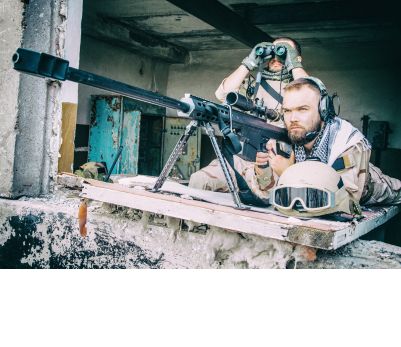
The United States Marine Corps is renowned for its wide array of specializations and the exceptional skills and expertise of its members. At the core of these specializations is the fundamental role of every Marine as a rifleman, regardless of their specific job function. This foundational skill ensures that every Marine is proficient in infantry tactics, marksmanship, and the basics of combat survival. Beyond this, Marines can specialize in a diverse range of fields, including aviation, communications, intelligence, logistics, and engineering.
In the realm of aviation, Marine pilots and aircrew operate a variety of aircraft, such as fighter jets, helicopters, and transport planes, supporting ground troops with air support, transportation, and reconnaissance. Communications specialists are crucial for the effective command and control of Marine operations, managing sophisticated communication networks. Intelligence specialists gather and analyze information to inform mission planning and enhance operational effectiveness.
Additionally, logistics and engineering specializations play a vital role in sustaining Marine operations. Logistics specialists manage the supply chain, ensuring that troops have the necessary equipment, ammunition, and provisions. Engineers, on the other hand, are responsible for constructing military installations, conducting demolitions, and clearing obstacles, which are critical tasks in various combat and peacetime scenarios.
The diversity of these specializations within the Marine Corps reflects its multifaceted approach to warfare and peacetime operations. Each Marine, regardless of their specific role, contributes to the overarching mission of the Corps. Their specialized skills and expertise, combined with their foundational training as riflemen, make the U.S. Marine Corps a highly adaptable and effective force, capable of addressing a wide range of military challenges.
Commitment and Service: Duration and Dedication
The commitment to serve as a U.S. Marine Corpsman, known for their vital role in providing medical care on and off the battlefield, is marked by both duration and dedication. Enlistees typically commit to a term of service that ranges from four to six years, encompassing both active duty and reserve service. This period of service is not just a measure of time, but a testament to the dedication required to fulfill the demanding responsibilities of a Corpsman. The training and deployment of these medical professionals are rigorous and intense, reflecting the high stakes of their mission.
During their service, Marine Corpsmen, often referred to as Navy Corpsmen since they are trained and deployed by the U.S. Navy, undergo extensive medical training. This training equips them with the skills necessary to provide emergency medical and trauma care, often under challenging and hostile conditions. The role of a Corpsman is crucial in enhancing the survivability of Marines in combat, and their presence is a critical component of Marine units. The skills and expertise gained during their service are not only valuable in combat scenarios but are also transferable to civilian medical careers post-service.
The dedication of a U.S. Marine Corpsman extends beyond their service duration. It involves a deep commitment to the well-being of their fellow service members. This commitment is characterized by a sense of duty and a willingness to face the challenges inherent in military medicine. Marine Corpsmen are often celebrated for their bravery and selflessness, as they put themselves in harm’s way to save lives. Their service, marked by a unique blend of medical expertise and military discipline, is a cornerstone of the medical support within the Marine Corps and the broader U.S. military.
You may also like:


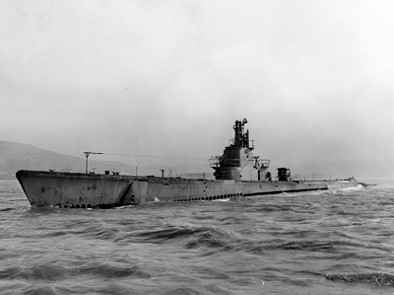
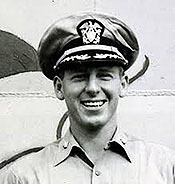
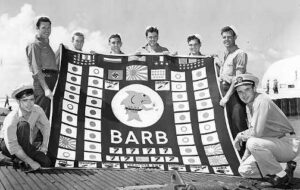
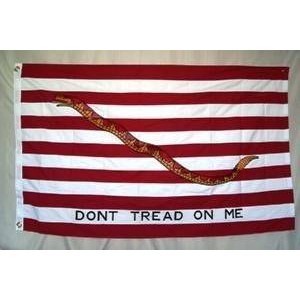
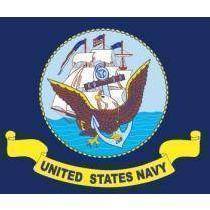
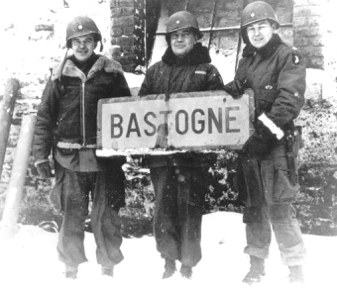
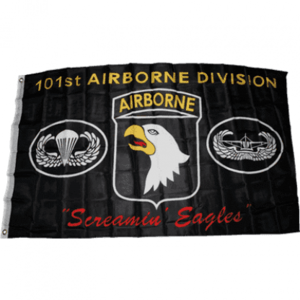
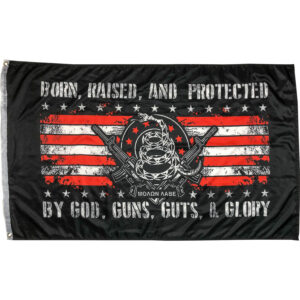

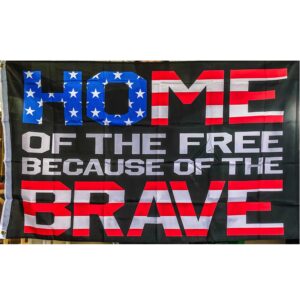
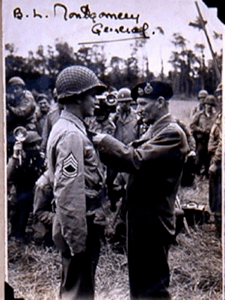
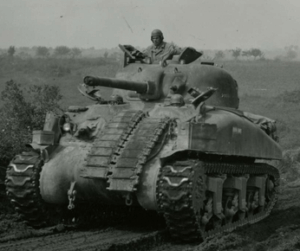 Location: Omaha Beach
Location: Omaha Beach 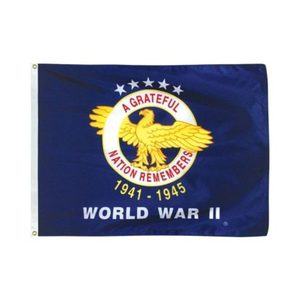
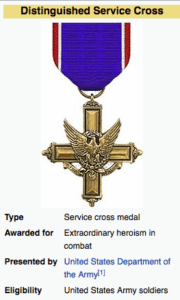
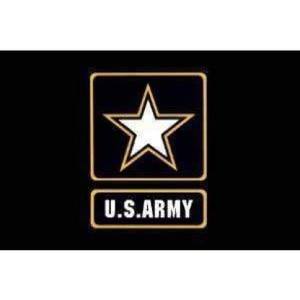
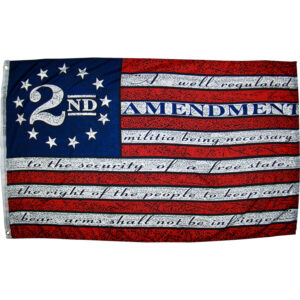
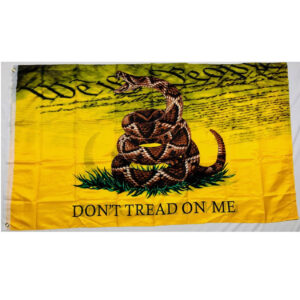
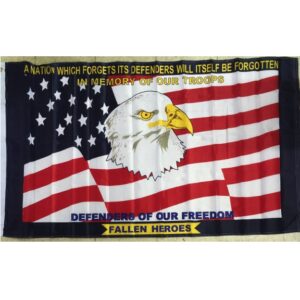
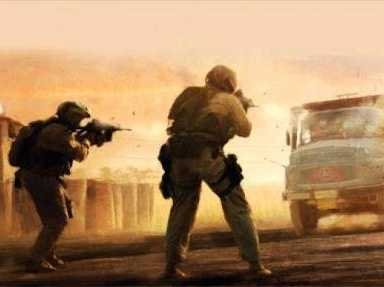
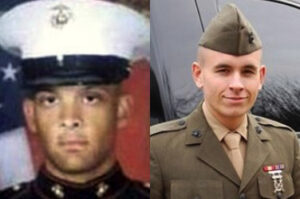 We celebrate the bravery of these two young men. Their names were Johnathan Yale and Jordan Haerter; Johnathan was a poor Virginia kid and Jordan was a middle-class Long Island native.
We celebrate the bravery of these two young men. Their names were Johnathan Yale and Jordan Haerter; Johnathan was a poor Virginia kid and Jordan was a middle-class Long Island native.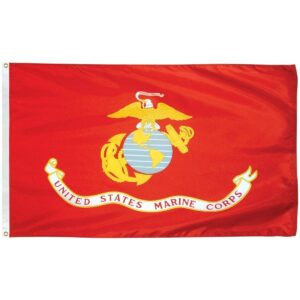
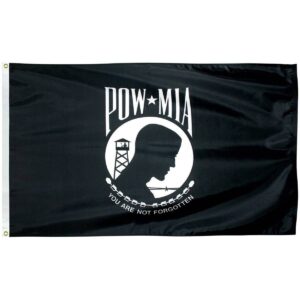
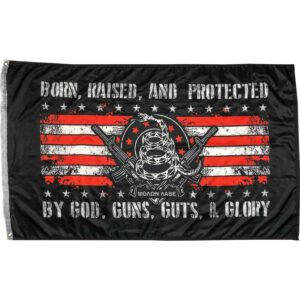 God, Guns, Guts & Glory Flag
God, Guns, Guts & Glory Flag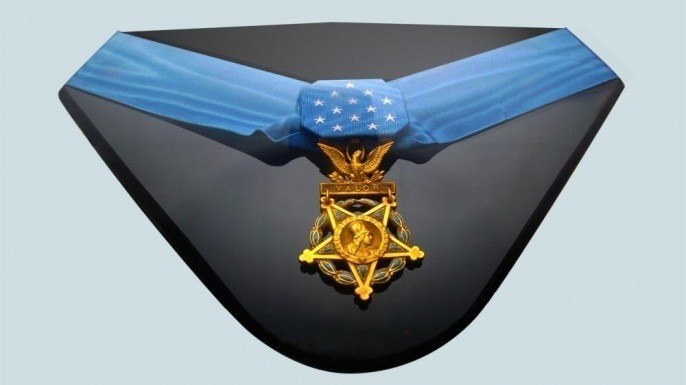
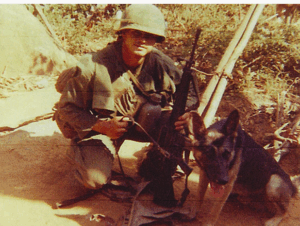 McCloughan reported to
McCloughan reported to 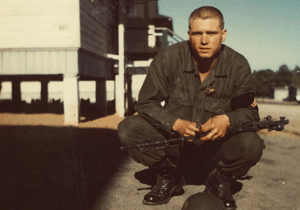 Armed Forces members who distinguish themselves by going above and beyond the call of duty in battle earn the Medal of Honor. McCloughan certainly did just that.
Armed Forces members who distinguish themselves by going above and beyond the call of duty in battle earn the Medal of Honor. McCloughan certainly did just that. 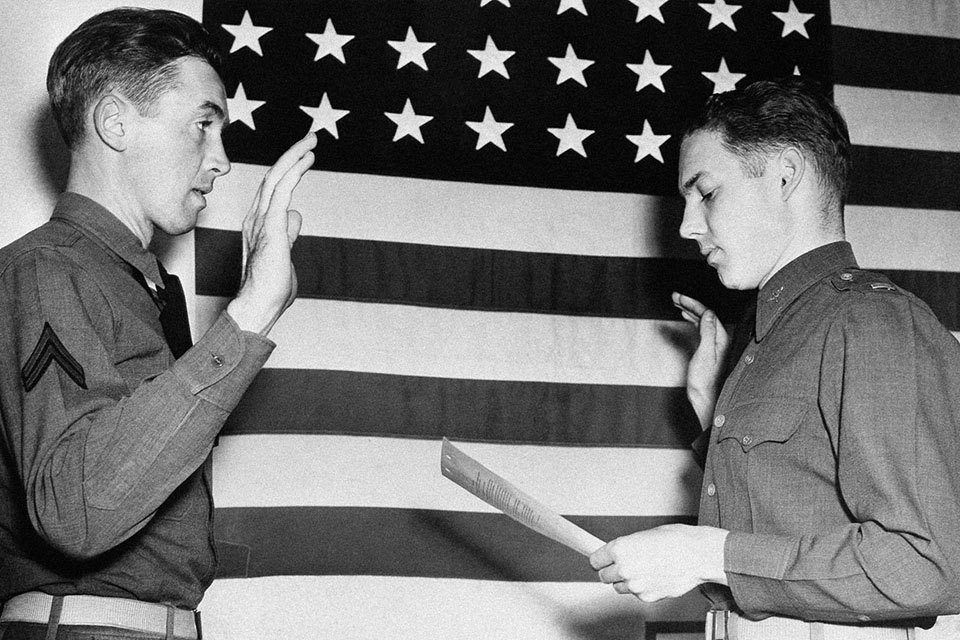
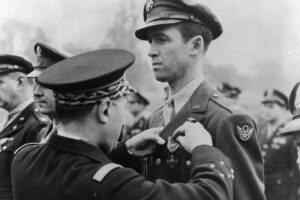
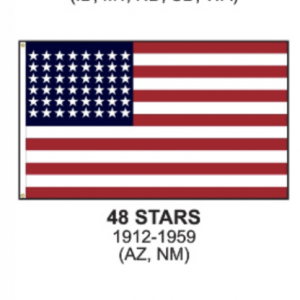
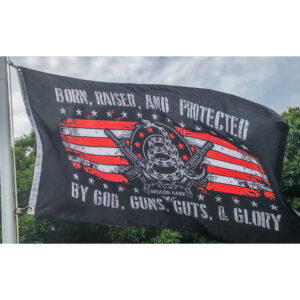
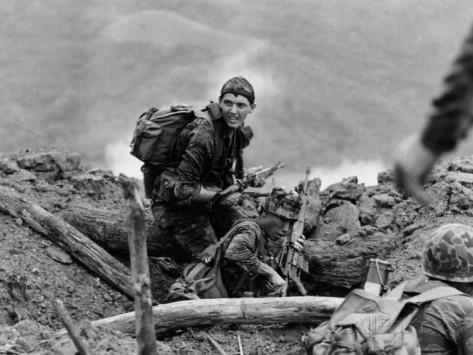
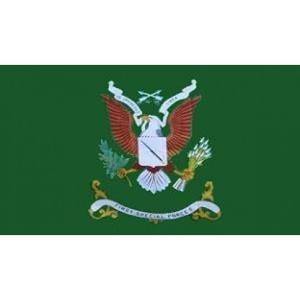 Location: Hilltop Base somewhere in South Vietnam
Location: Hilltop Base somewhere in South Vietnam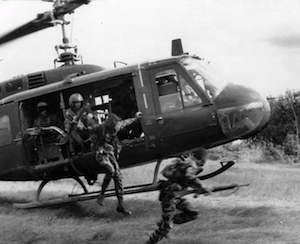 When things calmed down enough, choppers came to evac the wounded. Adkins helped load injured men.
When things calmed down enough, choppers came to evac the wounded. Adkins helped load injured men.  For 48 hours they dodged their pursuers. They had some unusual assistance: they were stalked by a tiger following the blood scent from their wounds. But the tiger helped make the enemy cautious. They finally got to a position to make contact and be rescued.
For 48 hours they dodged their pursuers. They had some unusual assistance: they were stalked by a tiger following the blood scent from their wounds. But the tiger helped make the enemy cautious. They finally got to a position to make contact and be rescued.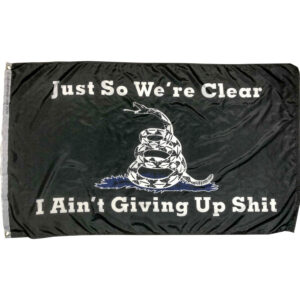
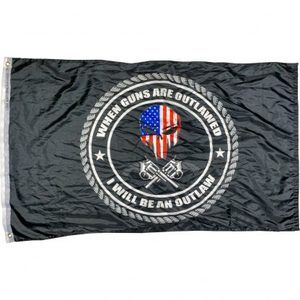
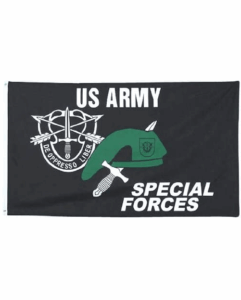

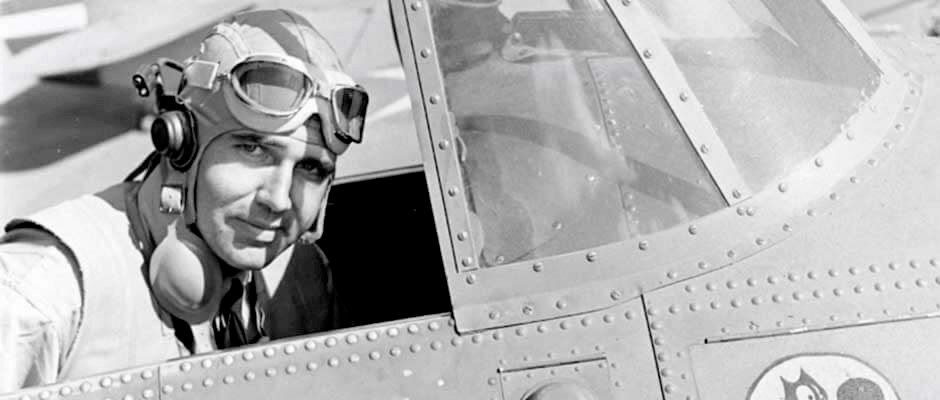
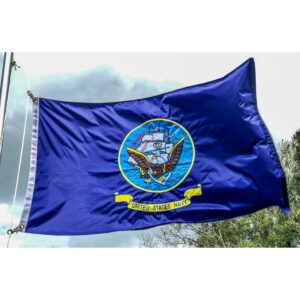
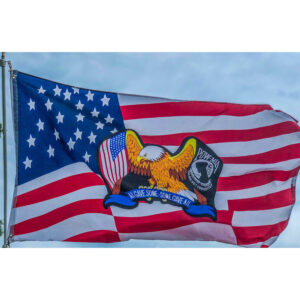
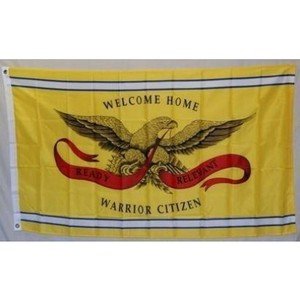
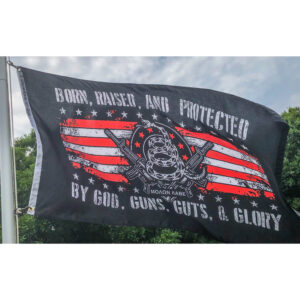
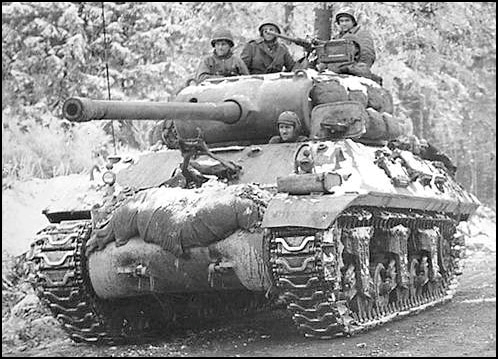
 The 7th Armored Division was there. Nicknamed the Lucky 7th, it was a tough, hard-fighting unit. Its commander, General Hasbrouck, tells us about a wounded enemy soldier who remarked,
The 7th Armored Division was there. Nicknamed the Lucky 7th, it was a tough, hard-fighting unit. Its commander, General Hasbrouck, tells us about a wounded enemy soldier who remarked,